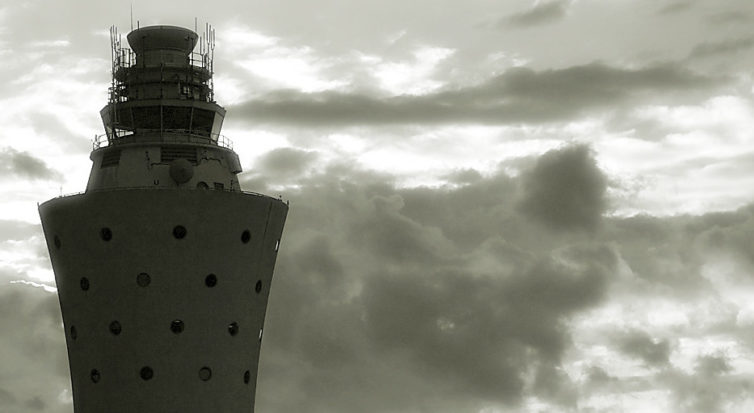
LaGuardia International Airport (LGA) – Photo: Timothy Vogel | FlickrCC
Two things unite all of us on the AirlineReporter team: (1) we all LOVE flying, and (2) we all have other day jobs. I started writing for this website a few years ago as a medical student in California. And once I graduated I moved to New York City to start residency … just in time for COVID to hit. Yikes.
The reality in COVID-hit cities has been covered plenty in the news so I don’t need to describe it here. Except to confirm from firsthand experience that — despite hospitals’/doctors’/nurses’ best efforts — it was as horrific and chaotic as you heard. A lot of people got really sick. A lot of people died. And a lot of people who got better have complications that will affect them for the rest of their lives.
It’s hard for anyone to set a passion or hobby aside. Even with everything I’ve seen, I still miss flying like crazy. I’m guessing it’s the same way for many of you. And even during peak pandemic there may be rare reasons when you absolutely have to fly. If you do, please do so safely.
But for those of you who are able to pause plans for avoidable travel, know that you’re making a huge difference. Air travel can help pandemics leapfrog around the world. And despite airlines’ admirable efforts to keep things clean, the inside of a compact fuselage is an extremely high-risk space to catch a virus like COVID-19.
I live under the approach to runway 13 at LaGuardia and it’s sad to see fewer planes in the sky than I used to. But I also see far fewer COVID cases in the hospital than a few months ago. And while social distancing and masks are responsible for the lion’s share of that change, people reducing their avoidable air travel helped.
So here’s a quick but heartfelt thank you for doing what you can to keep yourselves, your loved ones, and your communities safe. As a nation we’ll need to help the aviation industry stay afloat during this tough time. But take it from me: right now, staying on the ground whenever you can — even as an AvGeek — is 100% the right call.
 What do you get when you combine writing about airline travel since 2008, with a few decades of being a sarcastic chap? Unsolicited Travel Advice from David (the Editor-in-Chief of this dog and pony show) — that’s what! There are way too many travel-related click-bait stories out there that give you boring and questionable information from “experts.” This series will be different — I will give you entertaining, possibly less questionable information, while not caring about any sort of clicks or bait. Let me set the mood. Imagine that you and I are hanging out (before all the COVID-19 stuff ), when we have just hit upon an interesting airline/travel topic (what is the best airline credit card) and I am fired up and ready to spew my thoughts and opinions. When I wrap up, I am hoping that you won’t just awkwardly stare at me, but instead continue the conversation in the comments. Let’s do this…
What do you get when you combine writing about airline travel since 2008, with a few decades of being a sarcastic chap? Unsolicited Travel Advice from David (the Editor-in-Chief of this dog and pony show) — that’s what! There are way too many travel-related click-bait stories out there that give you boring and questionable information from “experts.” This series will be different — I will give you entertaining, possibly less questionable information, while not caring about any sort of clicks or bait. Let me set the mood. Imagine that you and I are hanging out (before all the COVID-19 stuff ), when we have just hit upon an interesting airline/travel topic (what is the best airline credit card) and I am fired up and ready to spew my thoughts and opinions. When I wrap up, I am hoping that you won’t just awkwardly stare at me, but instead continue the conversation in the comments. Let’s do this…

Our very own AirlineReporter credit card with rewards like being able to read fun stories like these.
WHAT IS THE BEST AIRLINE CREDIT CARD?
Heck if I know.
Which airline do you fly the most? Pick that credit card. Done!
Since all my friends and family know I write about airlines, I get asked about this a lot’¦ too much. I say that because I am bad at the airline miles / credit card ’œgame.’ A game that can be played with-in the rules and ethically, or it can be done by trying to scam (or some might say “work”) the system.
In a recent AR story comment, my friend, and AR Managing Correspondent, JL Johnson stated how passengers can just, ’œopen up a personal and business ChargeMart Plutonium Card, and max them out a time or two over a 90 day window that I might get enough points to buy a FREE one-way first class ticket from Lampasas, TX to Fargo, ND.’ Sign me up… three times over again!!!
(This would probably be a good time to tell you that AR gets ZERO kickbacks from any real, or fake credit cards that I talk about or make fun of in this story. Not that I am against it. If anyone from ChargeMart Plutonium Card is reading’¦ let’s make a deal!)
Keep on reading to find out the 5 BEST AIRLINE CREDIT CARDS THAT WILL GET YOU FREE FLIGHTS TODAY’¦
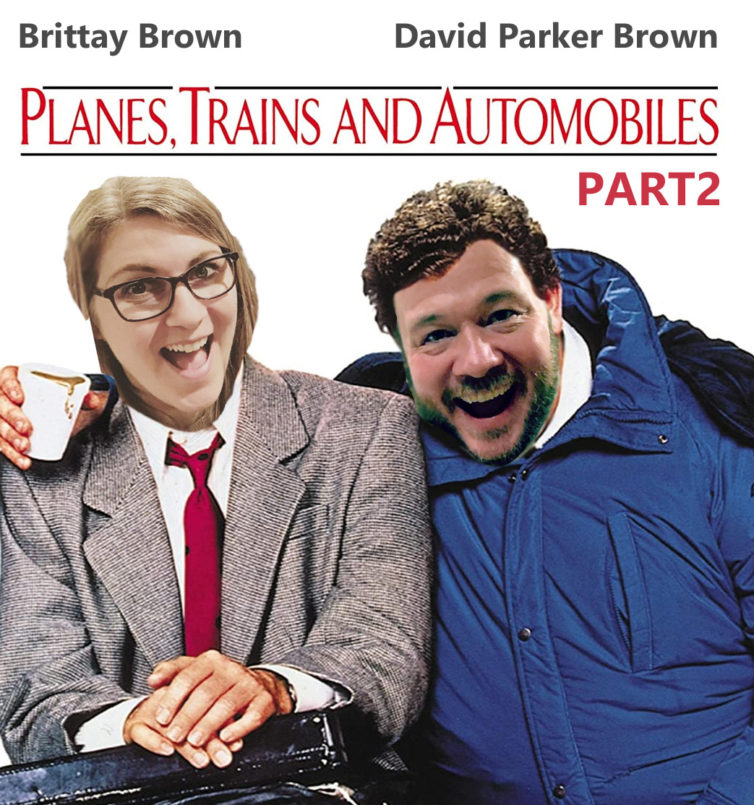
Time to tell the second part in our Planes, Trains and Automobiles story!
Not long ago, I published the first half my Planes, Trains and Automobiles adventure that I experienced with my wife Brittany. I have been on many types of trains through my years (miniature, Christmas, rollercoaster, light rail, even stepped on a Lego train by accident once), but never on an 18hr overnight trip in my own little suite — I was stoked!
I ended my previous story with a great cliffhanger… our odd, yet interesting, little toilet in the very small roomette. I know that you all have been waiting to hear more about it, so I won’t keep you waiting.
THE SINK / TOILET COMBO IN OUR AMTRAK ROOMETTE
-
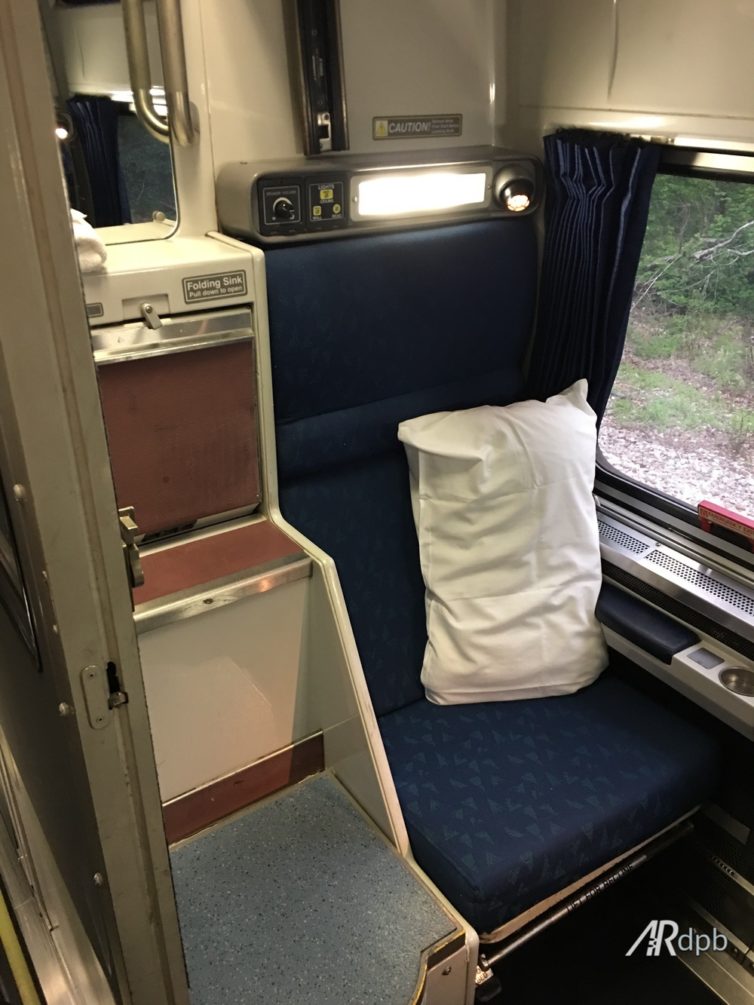
-
The red part up top is the sink. It pulls down and reveals the sink. The gray part below, you lift up and have a toilet.
-
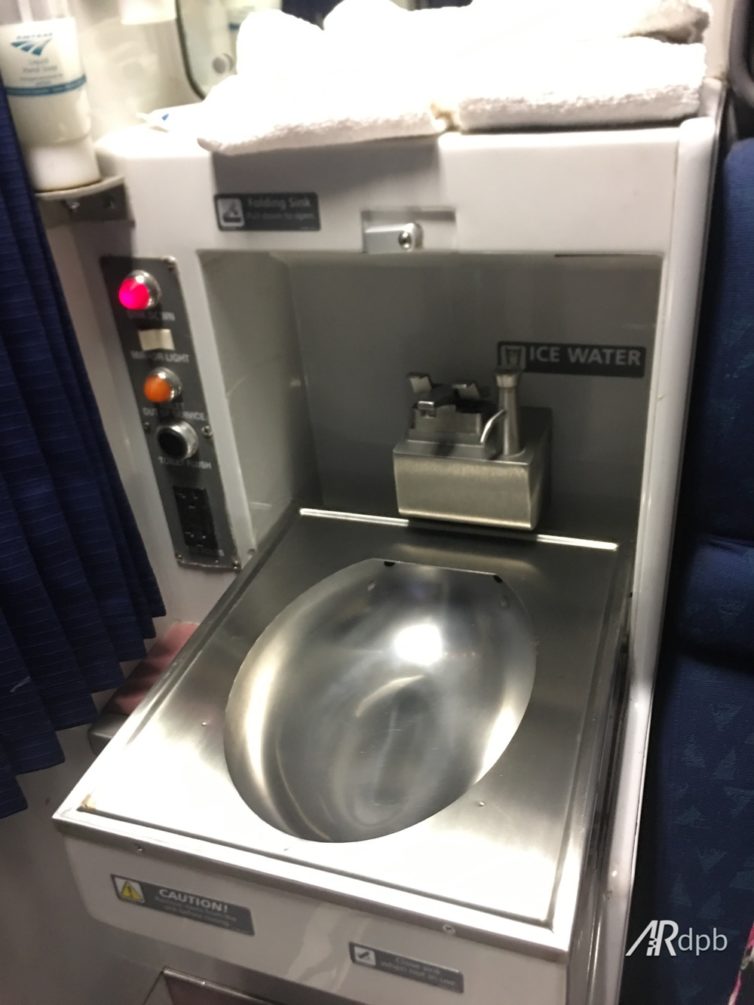
-
The top part folds down as a sink.
Before booking the train tickets, I read that there was a toilet in the room. I also saw the size of the room. I didn’t know how it would be possible, but those engineers have some talent. The sink you unlock from the wall and it easily folds down. It can be a little weird to use since the bowl fills up, and the water drains from those holes in the back, when you are folding the sink back up. So, if you have too much water in there, and you are on some bumpy track… good times.
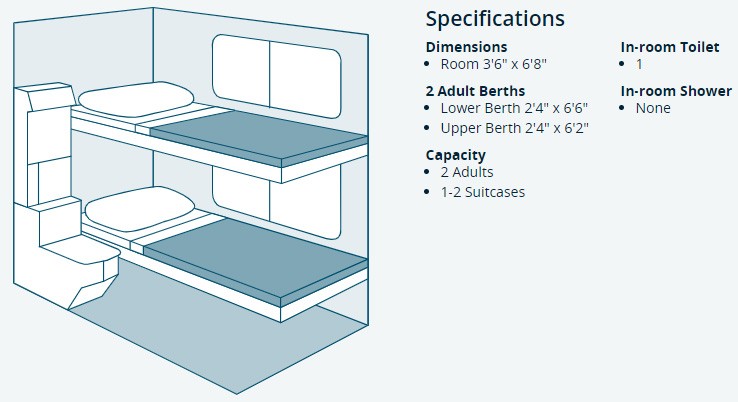
The specifications and lay out of our Amtrak Silverliner Roomette – Image: Amtak
I don’t want to give TMI (Too Much Information), but I feel that I need to tell you a little more about this toilet before moving on. The room has windows to the hallway, and there are thick curtains, with magnets, to give you privacy. Visually at least. I mean, the toilet is along the hallway wall and people are walking by you, so the whole thing is just… well… unique. Doable, but unique. There are also other toilets available (some which offer showers), so there are other options. Okay, I promise that is the last time that I will mention the toilet.
Let’s get back on track (Get it? Track. I get to use train puns instead of airplane ones)…
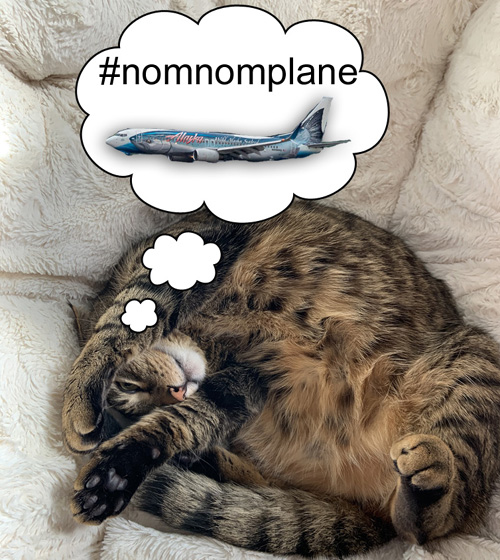
This story has a random subject, so why not go with a random photo of #A380cat?
Sometimes I put in silly working titles and plan to change them later. For this one, I am just going to keep it, why not? It has been too long since we did a little loving promotional update on AirlineReporter. What does that mean? Well, a number of things…
First off, I am VERY excited to announced that we have now traveled more than 2,000,000 miles to share our experiences and stories with you. That is equal to going around the world over 80 times, going to the moon AND back over four times, or my least favorite: a diagcon 737 flight from Seattle to Florida 734 times (ugh).
This is our 2,838th story published, so that is an average of about 700 miles per story. Of course this story is taking me zero miles, and the story that put us over the 2 million mark (My Rwanda Trip Provided Some Amazing AvGeek Experiences — which you should read, if you haven’t), took about 15,500 miles, so it all evens out.

We have now flown over 2,000,000 miles to bring you stories. Kinda almost to ever continent. Antarctica was a special flight down there, but didn’t land – Image: GCMap.com
With this whole COVID stuff, we have gained some new readers, so I thought it would be good to make a quick introduction:
We are the Home of the AvGeek, with over 35 writers, in 25 cities, on four continents sharing our passion for aviation and airlines since 2008. This site and the mission has changed quite a bit over the years. It started as a one man show (that is me), not knowing what he was doing; to a business with daily content and a stressful workload; to now being a rad hobby where people can come together and share their love of airlines. Everyone is welcome to share their passion in a number of ways. It can mean just reading our stories, following us on social media, starting a conversation in the comments (we really love those by the way), or even publishing a story on AirlineReporter.
I want you to be able to easily connect to our content in a way that makes sense to you:
- New story notifications: It is called a “newsletter,” but really you will get an email any time we publish a new story. This is the best way to make sure you do not miss anything, and I promise no spam.
- Twitter: We share news, photos, contests, and have fun with our fans. We have almost 114,000 followers, so we must be doing something right? Maybe? Hopefully.
- Facebook: Keep up with our stories, share them (please and thanks) and interact with our other readers.
- Instagram: When you just want the photos, this is the place to go! You will often see photos that we don’t share on any other channel here.
- YouTube: We often upload our videos from our stories and other videos as well. Plus, you can easily travel back in time and see some great “modern classic” videos.
- Flickr: Our Flickr page is also another good place to view more photos that don’t always show up in our stories.
- Our new c(AR)rier pigeon™ program: For an extra service charge, we will send you all our stories monthly via a carrier pigeon. You must live with-in 600 miles of Seattle and be willing to put down a $500 deposit incase the bird gets lost (this is a joke, but homing pigeons are quite fascinating).
Of course I love flying around and writing up stories, but no joke (and I am going to get sappy here), it’s the people that make it all worth it. So thank you for reading and being a part of the greater AvGeek community! Cheers and stay safe.
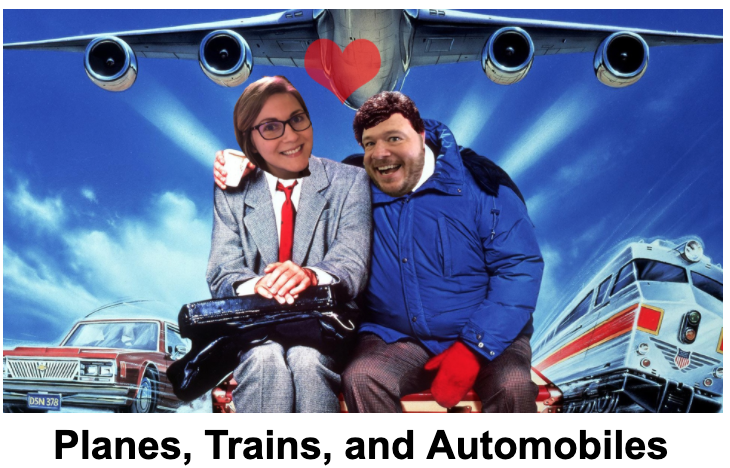
I made up a binder to plan our trip and this was on the cover… it is how I roll!
The movie Planes, Trains, and Automobiles is one of my favorite classics. It never gets old watching how a simple trip falls apart into complete chaos. It might have been a bit odd for me to be excited taking a trip using those exact forms for transportation (in the same order, none-the-less), but I was optimistic that our trip would turn out much better. Brittany (my lovely wife) and I were planning to take a plane from Seattle (SEA) to New York (via EWR); a train from New York (NYP) to Jacksonville, FL (JAX); and then a nice little drive down the Florida coast to Vero Beach, FL.
Brittany had never been to New York City and we wanted to visit my dad in Vero Beach. You probably can tell that I love flying, but I was at a place in my life where the idea of flying back and forth across the country twice in a few 737s was not appealing, so I started to get creative.
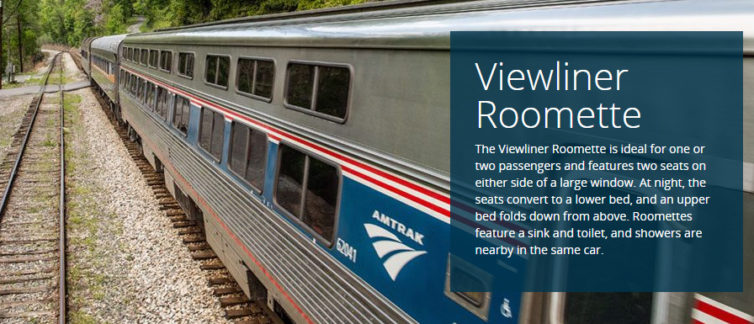
The outside of an Amtrak car with Viewliner Roomettes – Photo: Amtrak
I realized that for about the same cost to fly from New York down to Florida, we could purchase a Viewliner Roomette on the Amtrak Silver Service. Of course the travel time would be a bit more’¦ but the experience would be very different. Neither of us had traveled overnight on a train and I was stoked about the idea!
Although the train continued farther south, I wanted to round out the experience by de-training (that a thing?) in JAX and renting a car to drive the rest of the way. The drive is only about three hours to our final destination, but we decided to make it a two-day adventure. We wanted to smell the roses and also stay at a hotel right on the water. We had our quest locked in!
Buckle up’¦ it is time to first start the PLANE portion of our journey!










